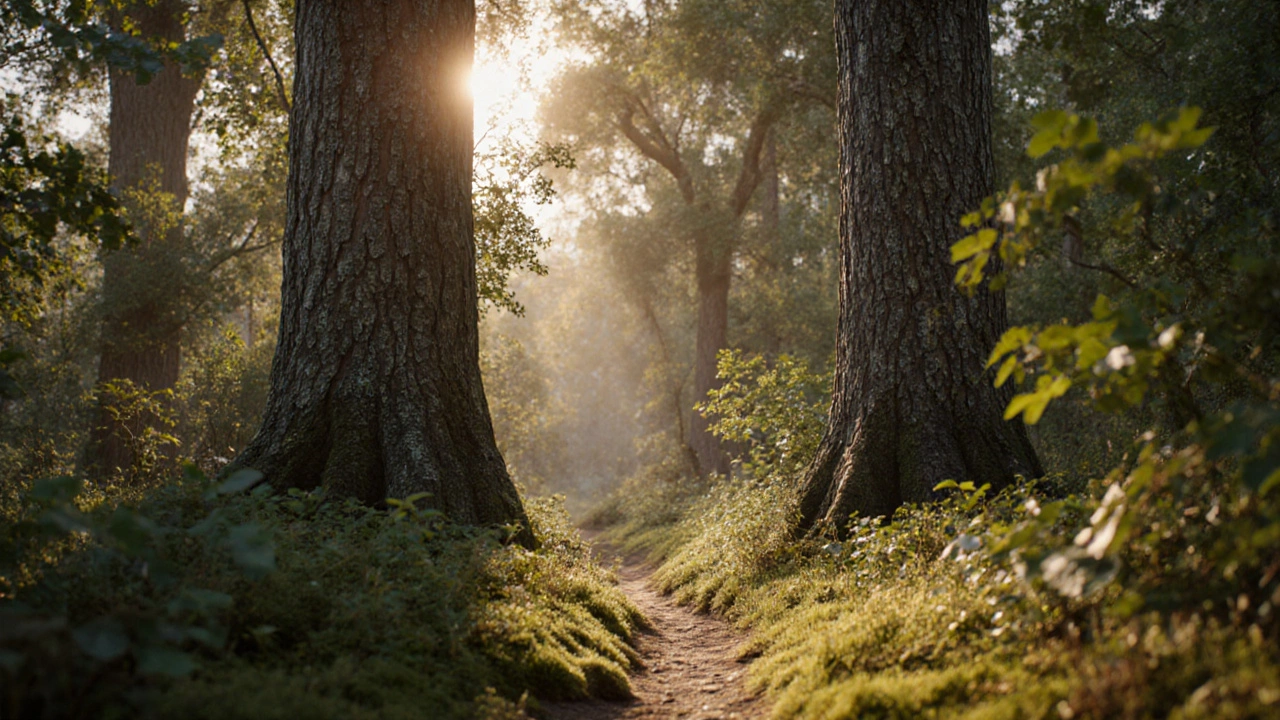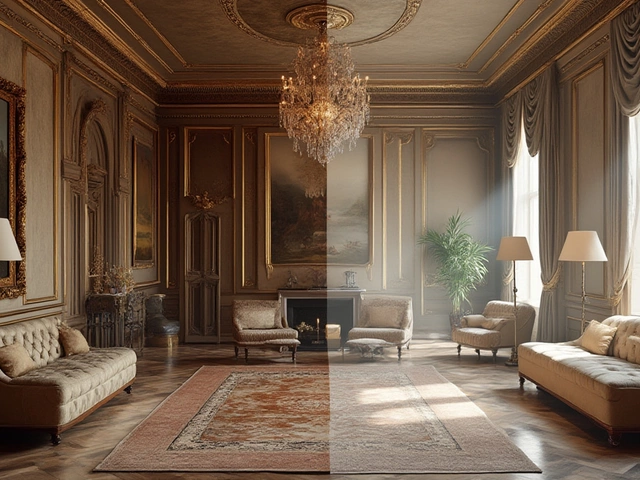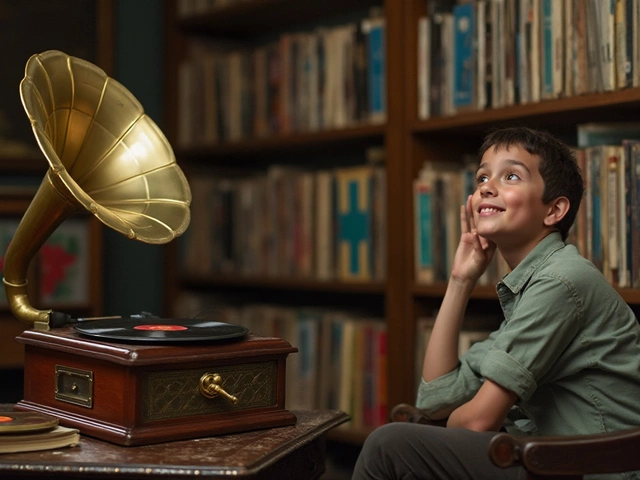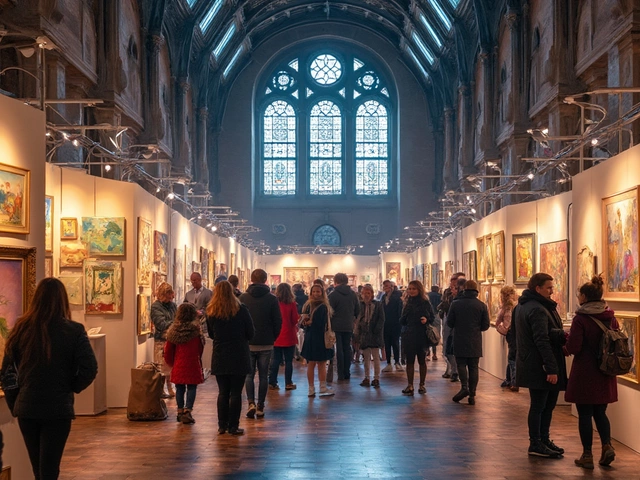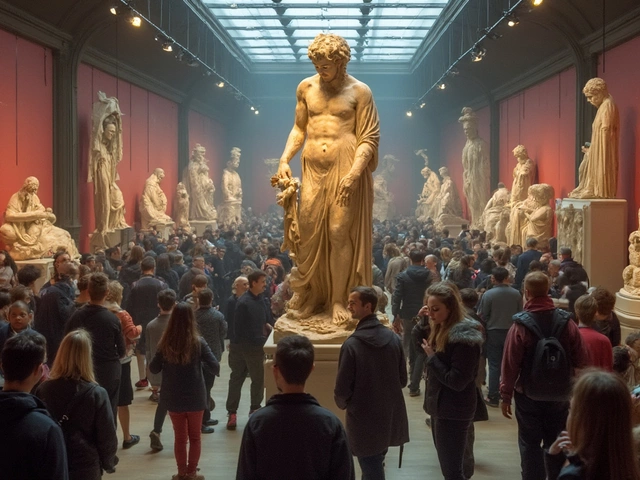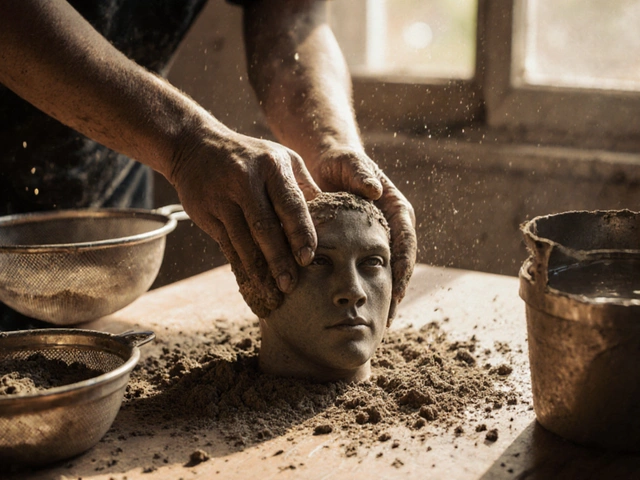Best Painting Style
When exploring best painting style, the approach that delivers the most impact for a given subject and skill level. Also known as top painting style, it helps artists decide which technique, medium, and surface will bring their vision to life. Best painting style isn’t a one‑size‑fits‑all rule; it’s a blend of personal taste, project goals, and practical constraints. For instance, oil painting, a slow‑drying medium prized for its rich color blending gives you ample time to rework details, which makes it ideal for realistic portraits or layered landscapes. The slow‑over‑fast principle in oil painting shows how the style demands a thoughtful workflow, linking technique directly to the chosen style.
Matching Mediums to Your Vision
Another popular option is watercolor, a fast‑drying, transparent medium that thrives on spontaneity. Because watercolor reacts quickly to water, it forces you to embrace loose brushwork and let the paper guide the result. This makes it a natural fit for expressive abstract art, a style that emphasizes color, shape, and emotion over realistic representation. Abstract art often strips away detail, letting the viewer fill in meaning, so the fluidity of watercolor complements that freedom perfectly. If you’re after bold color fields or gestural marks, the watercolor‑abstract combo can deliver a fresh, energetic vibe.
For artists who love capturing likenesses, portrait painting, the practice of rendering a person’s face and character on a surface offers a different set of demands. Here, surface choice matters: canvas gives a textured feel, while wood panels provide a smooth plane for fine detail. The best painting style for portraits often leans toward oil because its slow drying time lets you blend skin tones gradually, but acrylics can work too if you prefer a quicker finish. The decision hinges on how much manipulation you need—another clear example of how medium, surface, and style intersect.
Beyond medium, techniques like grisaille, a monochrome method that builds value using shades of gray can shape the overall look of a piece, even if the final work is full‑color. Artists sometimes start with a grisaille underpainting to establish depth, then glaze color on top. This approach demonstrates the semantic triple: Best painting style encompasses preparatory techniques like grisaille. Likewise, the rule "slow over fast" influences oil painters by dictating that later layers must dry slower than earlier ones, ensuring stability—another triple: Choosing a painting style requires understanding drying order. Finally, the choice of surface (canvas, panel, paper) directly affects texture and durability, linking back to the core idea that best painting style is shaped by material context.
Now that you know how oil, watercolor, abstract, and portrait approaches each bring unique strengths, you can start matching your project’s needs to the right style. Below you’ll find a hand‑picked collection of articles that dive deeper into each technique, compare surfaces, explain key rules, and show real‑world examples. Jump in to discover how to pick the perfect style for your next artwork and turn those ideas into finished pieces.
Best Landscape Painting Styles: Which One Suits Your Vision?
Explore the top landscape painting styles-from Realism to Abstract-compare their traits, find the right fit, and get practical tips to master your chosen approach.
Continue Reading